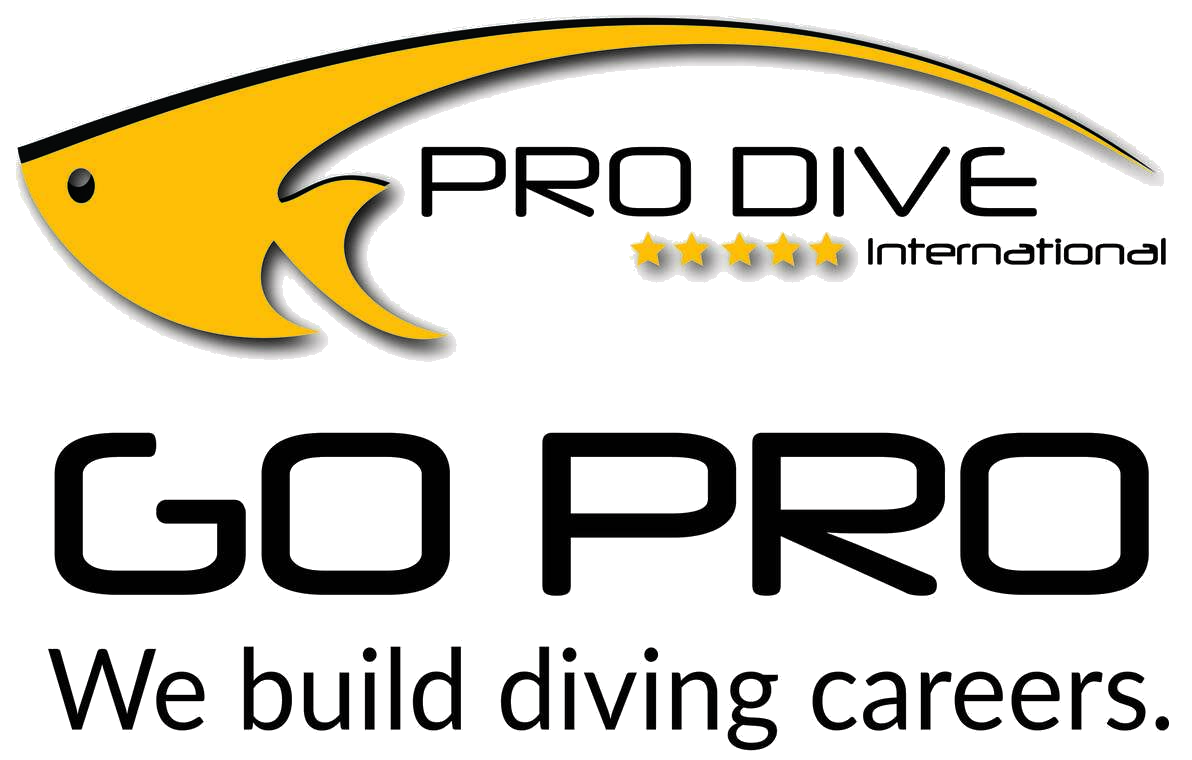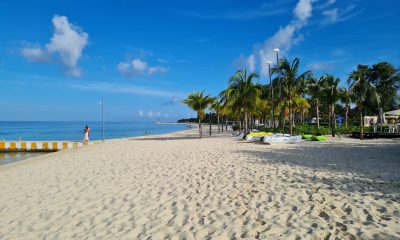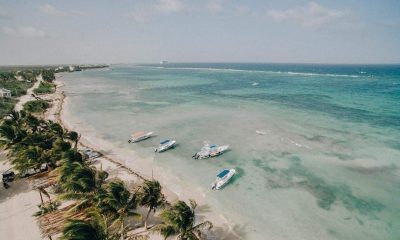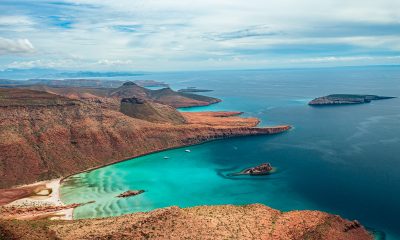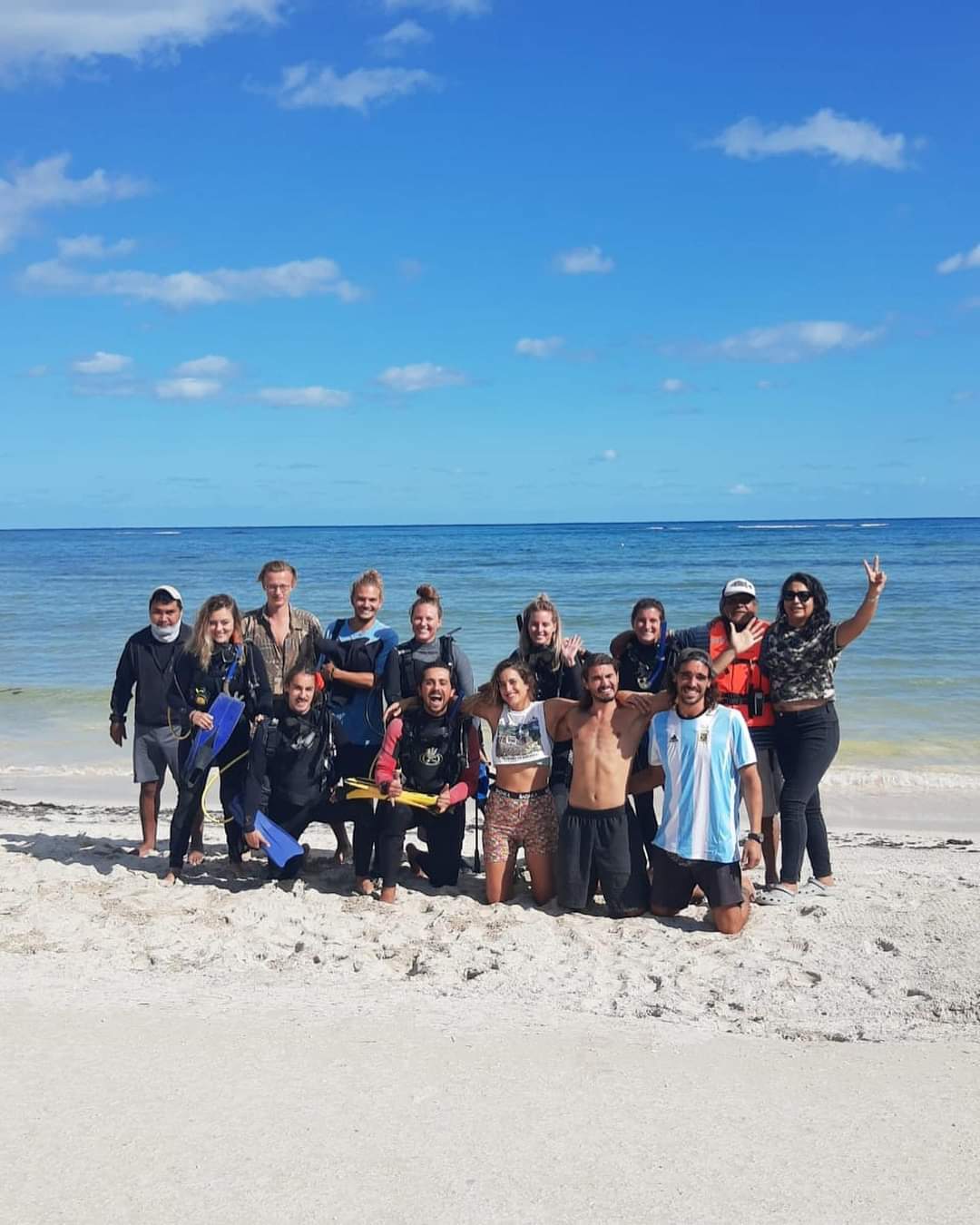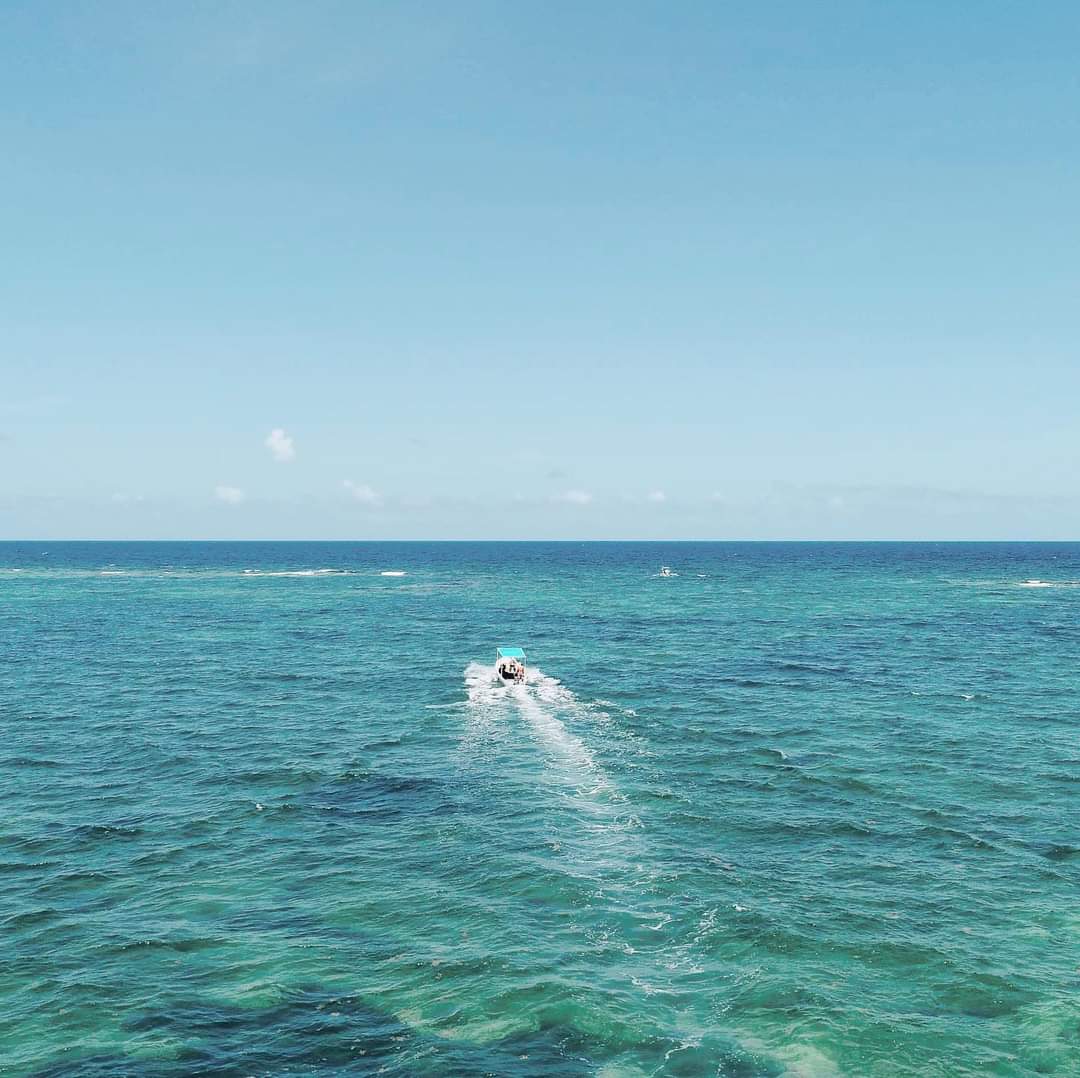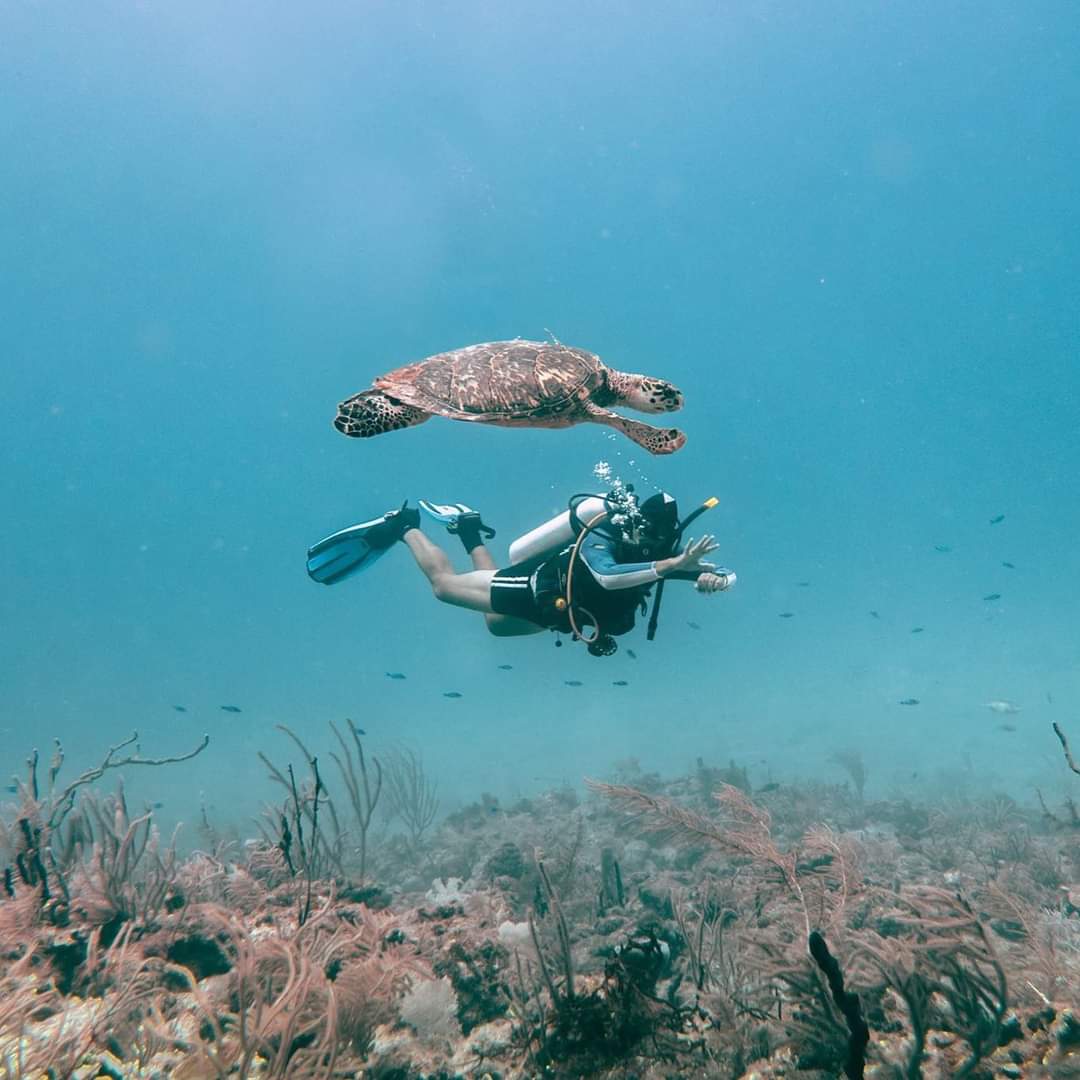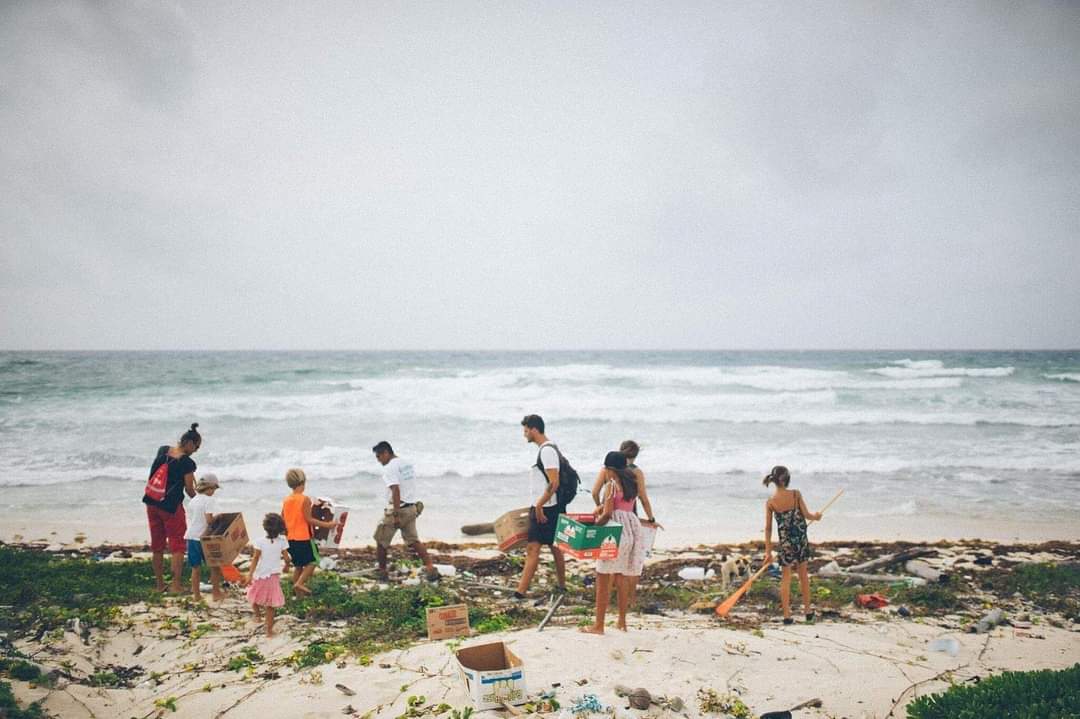Blogs
Turtles of the Riviera Maya & Cozumel
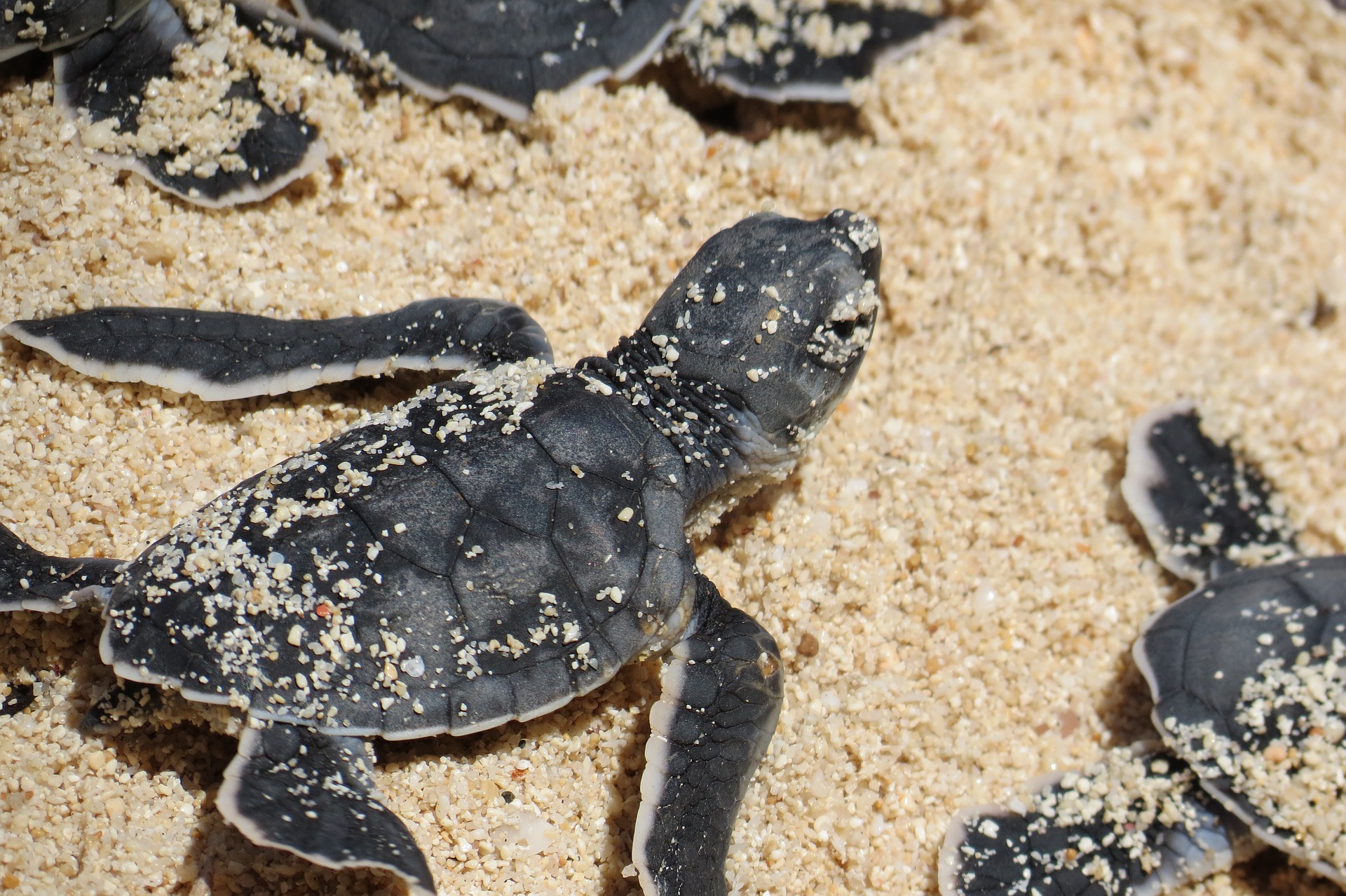
A blog by Pro Dive International
Plenty of empty shells of recently hatched turtle eggs were spotted by our divers at Sabalos. They had been washed off shore onto the reef after the baby turtles had dug out of their nest at night and swam off into the sea.
The turtle nesting season on the Riviera Maya and in Cozumel happens between May and October, which means that you may be lucky to see some nests or even hatchlings during your stay with us.
Six out of the seven sea turtle species worldwide visit Mexico every year. We are lucky enough to get to see Green Turtles and Loggerhead Turtles regularly during our dives, as they are in search of food and a good clean.
The reefs and ecosystems here provide a great number of tasty snacks for a turtle, for example seagrass, sponges, crustaceans and many more. And while the turtles pass through the reef, they receive a top-notch cleaning service from many of the local fishes who feed on their parasites and algae growth.
6 Turtle Fun Facts
- Green turtles are so named because of their green colored fat caused by their rich diet of seagrass.
- Green Turtles are the largest hard-shell turtles in the world. The largest known green turtle weighed 395 kg/ 871 lbs, with a shell that measured more than 152 cm/ 5 ft.
- Loggerhead Turtles are so named for their massive broad muscular heads.
- Adult males are normally easy to distinguish from females because of their long tails visible extending past their shell.
- Female turtles normally return to the exact same location where they were born to lay their eggs.
- The sex of a baby turtle is determined by the temperature at which the egg is kept.
Turtles are regular visitors to many of our dive sites, but they are most commonly found at Tortuga – this dive site is even named turtle in Spanish! It’s located just off shore from our dive center at the Occidental Xcaret and easily accessible by boat from any of our Playa Del Carmen locations.
Moreover, for those of you who are not divers, we are lucky enough to have some extensive seagrass beds where green turtles love to hang out and eat, which is an easy snorkel off shore during one of our tours with a guide who is licensed to enter those protected areas.
Turtle Locations
Besides observing them underwater, you may be lucky to find some turtle nests in front of your resort on the Riviera Maya or in Cozumel. Hotel employees usually rope them off to ensure their protection.
Turtle conservation projects are a great alternative to learn more about their behaviors, importance for the marine environment, how you can help protect them, and to observe nests or turtles first hand:
- Centro Ecológico Akumal – an NGO with a 28-year history
- Punta Sur Eco Beach Park – a 247-acre ecological park in Cozumel
- Sea Turtle Conservation Project Tulum by CONAP/ Flora, Fauna y Cultura de México
Turtle Protection
Every sea turtle species on earth nests on Mexico’s beaches (save one that is only found in Australia). Consequently, Mexico is known as the sea turtle capital of the world and its turtle protection laws are so important on a global scale.
Current Mexican law classifies all sea turtle species as endangered.
Regulations
- Turtles can’t be killed for their meat, skin, shell or eggs.
- Native vegetation can’t be removed in nesting habitats, to stop erosion.
- New regulations call for moving, changing or eliminating any light sources that illuminate a nesting beach, as baby turtles can become disoriented from finding their way to the ocean.
- Vehicles can have a maximum weight of 300 kg on nesting beaches and only be used for patrolling and management of the nesting site.
- Recently outlawed were turtle release events, as many places kept the hatchlings in confinement for several days until a sufficient number of participants had signed up for this activity. Upon release, they were too weak to handle the surf and avoid predators.
All of these and many more regulations help protect beaches, nests, female sea turtles, their eggs and hatchlings to make it a safer place for them.
How to start your Turtle Adventure
Let’s discover some turtles together during our dives! If you are not a diver, why not sign up for a PADI course; or join our Mexican Snorkeling Adventure at 15% OFF starting from Playa del Carmen or Tulum, if booked online until 16/09/21 & redeemed until Dec 22, 2021 with reference to this blog!
Blogs
Jeff chats to… Christopher Bartlett, MD of Indigo Safaris, about scuba diving in Dominica and Mexico (3 of 5)
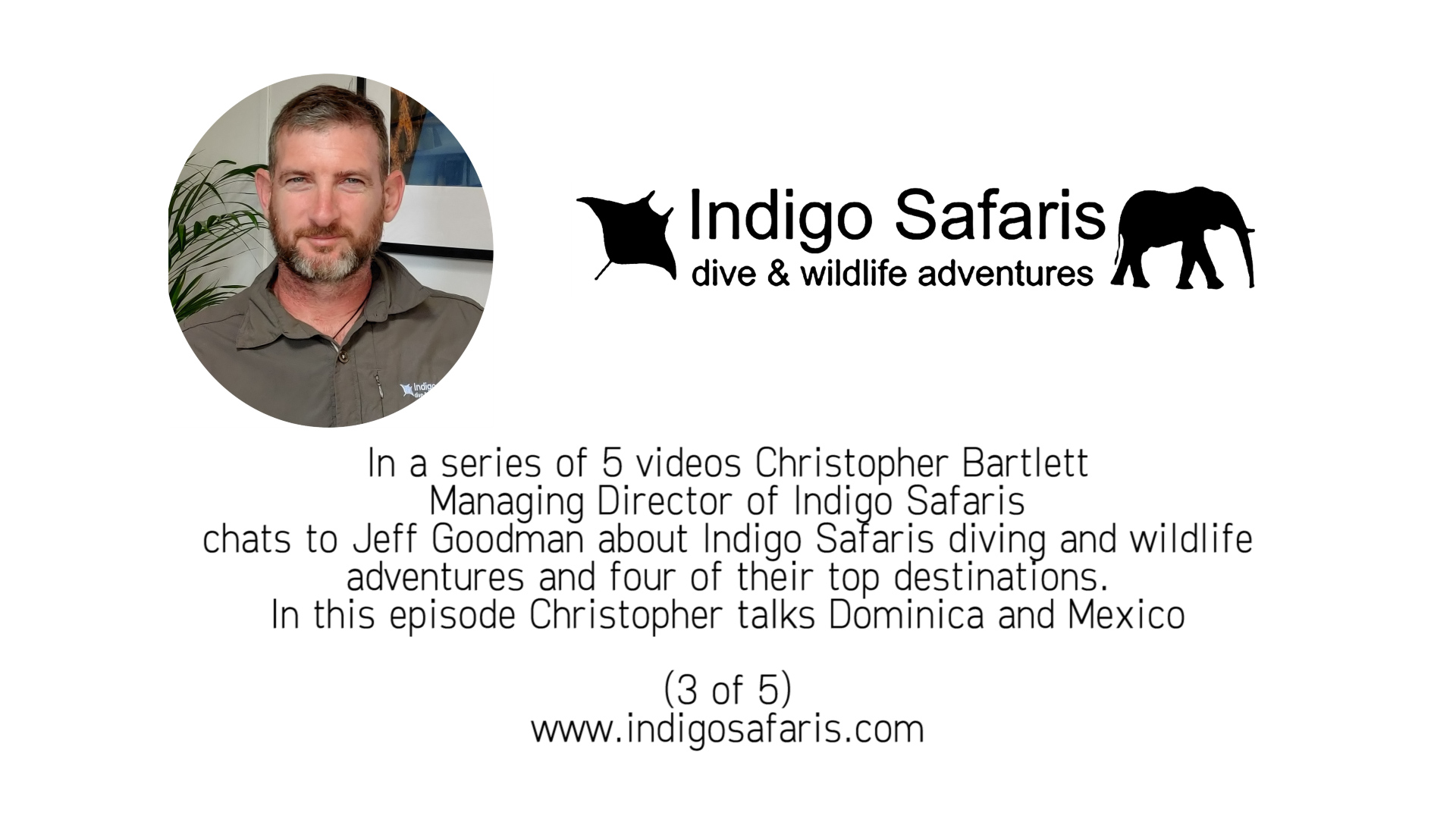
![]() In the third in this exclusive series of five videos, Jeff Goodman, Scubaverse Editor-at-Large, chats to Christopher Bartlett, Managing Director of Indigo Safaris, about their diving and wildlife adventures, and some of their top destinations. In this episode Christopher talks about Dominica and Mexico.
In the third in this exclusive series of five videos, Jeff Goodman, Scubaverse Editor-at-Large, chats to Christopher Bartlett, Managing Director of Indigo Safaris, about their diving and wildlife adventures, and some of their top destinations. In this episode Christopher talks about Dominica and Mexico.
For more information, please visit www.indigosafaris.com
Rather listen to a podcast? Click on this link to listen HERE.
Blogs
Diving with… Pablo Calderon Cadiz, Takata Experience, Mahaual, Mexico

In this ongoing series, we speak to the people who run dive centres, resorts and liveaboards from around the world about their businesses and the diving they have to offer…
Pablo Calderon Cadiz
What is the name of your business?
Takata Experience
What is your role within the business?
Owner / General Manager
How long has the business operated for?
6 years
How long have you dived for, and what qualification are you?
I have been diving for 16 years; I am a PADI IDC Staff Instructor
What is your favorite type of diving?
I really enjoy all types of dive but deep dives and dives with crazy topography are by far my favourites.
If you could tell people one thing about your business (or maybe more!) to make them want to visit you what would it be?
We are a dive center and also a research center, so we merge both into one big idea. When you dive with us you also benefit the reef, as we put part of that money into our restoration program. We are also one of the only dive centers in the world that has a full research center working together with us. That’s why our official hashtag is #Divewithpurpose
What is your favorite dive in your location and why?
My favorite dive in Mahahual is Piratas, because of the beautiful topography and the amount of big animals you can see, such as turtles, manatees and sharks.
What types of diving are available in your location?
One of the best things about Mahahual is that there are dive sites for all levels, from shallow reefs with beautiful life to walls that can go down to 150 meters within 5 minutes from the shore. You can always choose what you want, if you are looking for biodiversity, topography, shallow sand patches or very deep walls, we have them all.
What do you find most rewarding about your current role?
The diving industry is an industry that is constantly evolving and from my role I am able to always bring that to Takata. I am always looking for ways to create a solid business culture, to make sure the people that work for us can always develop themselves from a professional perspective, but also from a personal one. We have created many different programs that are unique to us, where we merge the dive and research center. All that is possible because I can take those decisions. To see how your dream becomes true is the biggest reward ever.
What is your favorite underwater creature?
Sharks are my number 1, and if I can be more specific, Hammerheads!!!
As a center what is the biggest problem you face at the moment?
I feel that many dive centers in the world don’t know yet what makes them unique, so the way for them to attract people is to charge very low prices, sometimes that is very difficult, because the one that is next to you can charge 30% less than you for the ¨same service¨. I believe we should always find what is unique to us and to create a value on it. We should all focus on the professionalization of our industry.
Is your center involved in any environmental work?
As I mentioned before, we have a full research center, our director has 2 master degrees and our 2 biologist both have PhDs. Actually our research center was name as Actor for the UN Decade On Ecosystems Restoration for the next 10 years.
Our research center works together with the Mexican government to ensure a sustainable development in the area and to implement big scale conservation and restoration projects in Mahahual.
Are there any exciting changes / developments coming up in the near future?
As we are a new company, there are always exciting thing coming our way, in these years we became an IDC center, UN partners, we did a small hotel and we are looking forward to develop our research center even more. We would like to become the biggest research center in Mexico which is very ambitious and to become leaders in diving, restoration and everything that involve costal ecosystems. We dream big because we love what we do.
How do you see the SCUBA / Freediving / snorkeling industry overall? What changes would you make?
I think the industry is doing ok but not great. For sure freediving has grown a lot in the last 10-15 years. There are several organisations around the world who do great work, but we need more people and businesses looking to do the exceptional. Sometimes talking with diving friends around the world, we all agree that this is probably one of the few industries where the prices we charge are the same or even cheaper than 5 or 10 years ago. We urgently need to proprofessionalize the industry and put the correct value on our product and services.
Finally, what would you say to our visitors to promote the diving you have to offer?
If you guys are looking for a unique immersive experience where you can mix your passion for diving with deep understanding of marine and costal ecosystem, then we are your choice.
Where can our visitors find out more about your business?
You guys can follow us on IG: Takata.experience
Our website is: www.takataexperience.com


